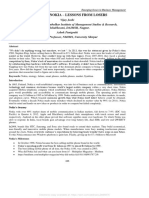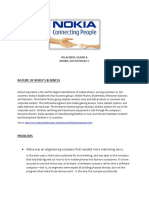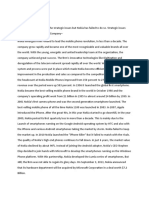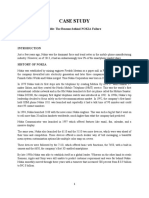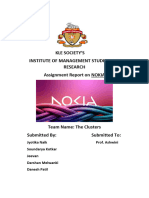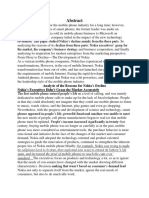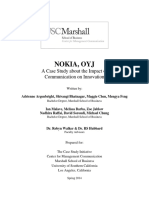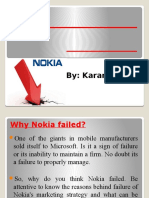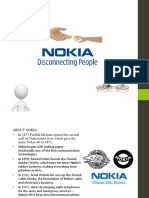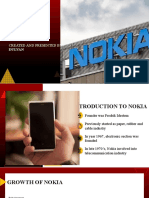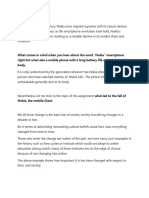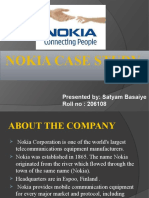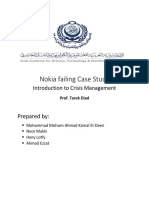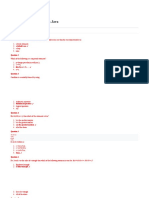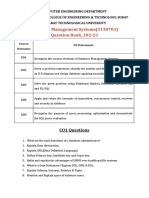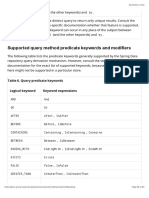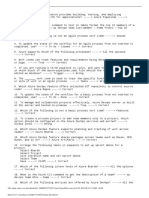0% found this document useful (0 votes)
48 views4 pages4 - Bisnis2018 - Learn From A Failing Business 2
Nokia was once the dominant mobile phone maker but failed to transition successfully to smartphones. As a hardware-focused company, Nokia underestimated the importance of software and user experience. While Nokia developed early smartphone prototypes and spent heavily on R&D, its products failed to appeal to customers. By 2010, Nokia had introduced many disappointing phones and operating systems, and was unable to win back consumers as brands became less resilient. Nokia's overreliance on its past success and hardware expertise ultimately led to its decline.
Uploaded by
Koo JuneCopyright
© © All Rights Reserved
We take content rights seriously. If you suspect this is your content, claim it here.
Available Formats
Download as DOCX, PDF, TXT or read online on Scribd
0% found this document useful (0 votes)
48 views4 pages4 - Bisnis2018 - Learn From A Failing Business 2
Nokia was once the dominant mobile phone maker but failed to transition successfully to smartphones. As a hardware-focused company, Nokia underestimated the importance of software and user experience. While Nokia developed early smartphone prototypes and spent heavily on R&D, its products failed to appeal to customers. By 2010, Nokia had introduced many disappointing phones and operating systems, and was unable to win back consumers as brands became less resilient. Nokia's overreliance on its past success and hardware expertise ultimately led to its decline.
Uploaded by
Koo JuneCopyright
© © All Rights Reserved
We take content rights seriously. If you suspect this is your content, claim it here.
Available Formats
Download as DOCX, PDF, TXT or read online on Scribd
/ 4

